Brawn GP’s kill count
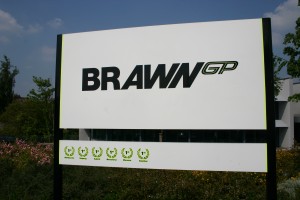 Like the nose of a WWII bomber, the welcome sign at the Brawn GP factory in Brackley has a tally of victories the team has notched up so far this season.
Like the nose of a WWII bomber, the welcome sign at the Brawn GP factory in Brackley has a tally of victories the team has notched up so far this season.
They’re not being overconfident, though there are nine races left this year but only space on the board for another six wins, at least not without adding a second row.
But Brawn GP are not the only Formula One team with a connection to airplane nose art.
In World War I, Francesco Baracca was Italy’s top fighter ace scoring 34 kills. In recognition of his former cavalry regiment, Baracca adopted the embem of a prancing stallion the Cavallino Rampante and he became known as ‘The Cavalier of the Skies’.
After the war, Enzo Ferrari won a race in Ravenna where he met Baracca’s mother, the Countess Paolina. Legend has it that the Countess asked Ferrari to use the prancing horse on his cars saying it would bring him good luck, as Enzo himself explains:
The horse was painted on the fuselage of the fighter plane flown by Francesco Baracca, a heroic Italian pilot who died on Mount Montello: the Italian ace of aces of the First World War. In 1923 … I met Count Enrico Baracca, the pilot’s father, and subsequently his mother, Countess Paolina. One day she said to me, “Ferrari, why don’t you put my son’s prancing horse on your cars; it would bring you luck.” … The horse was black and has remained so; I added the canary yellow background because it is the colour of Modena.
Ever since then the Cavallino Rampante has been the symbol of the Scuderia.
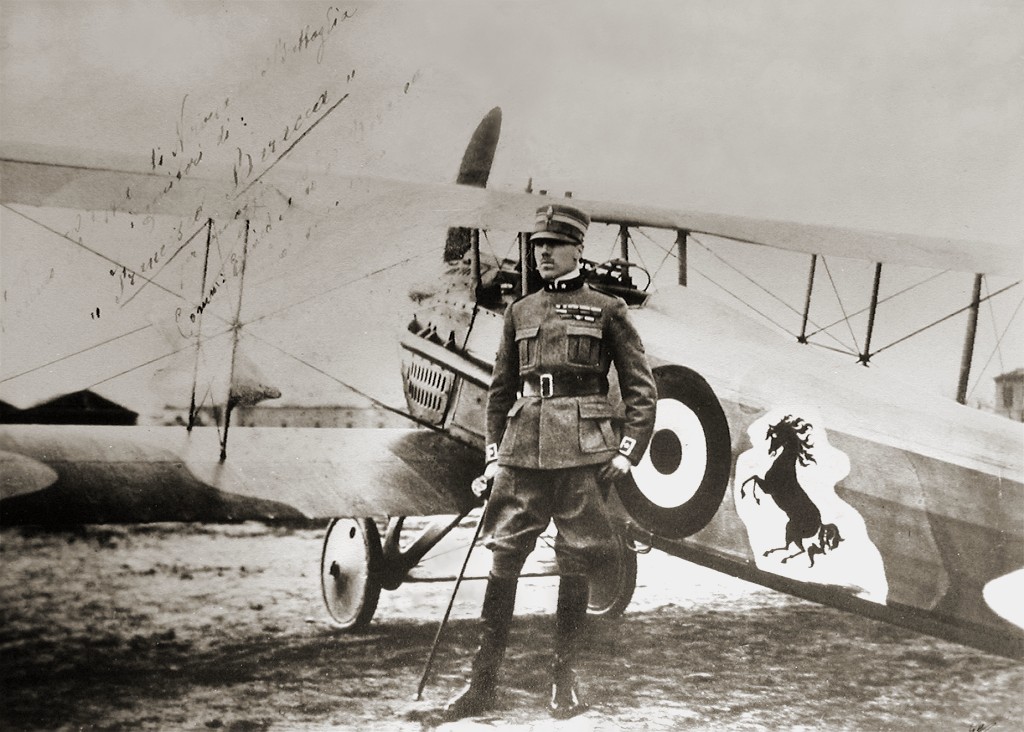
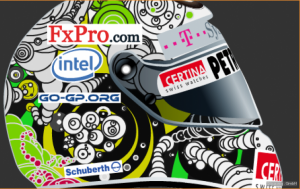 Continuing the tradition of drivers wearing special helmet designs for their home Grands Prix, Nick Heidfeld has chosen one of over
Continuing the tradition of drivers wearing special helmet designs for their home Grands Prix, Nick Heidfeld has chosen one of over 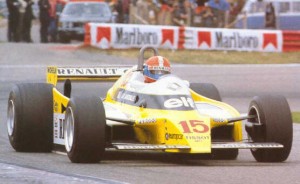 A couple of days ago, in a post asking
A couple of days ago, in a post asking 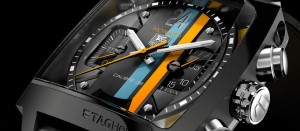 Tag Heuer have been running a
Tag Heuer have been running a 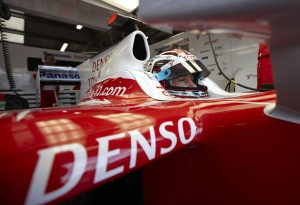 Despite being one of the most well-funded teams in Formula One, Toyota have still not won a Grand Prix; something that every other team on the grid besides Force India have managed to do.
Despite being one of the most well-funded teams in Formula One, Toyota have still not won a Grand Prix; something that every other team on the grid besides Force India have managed to do.